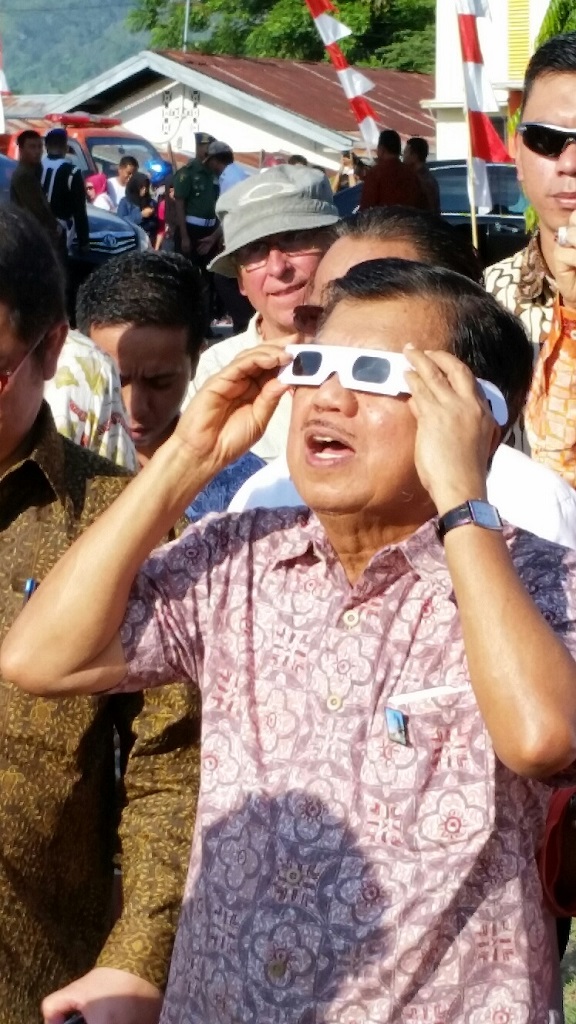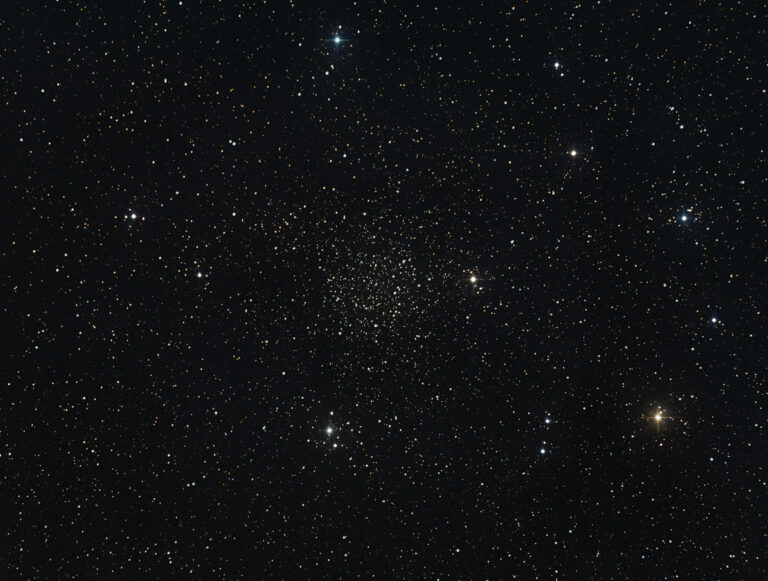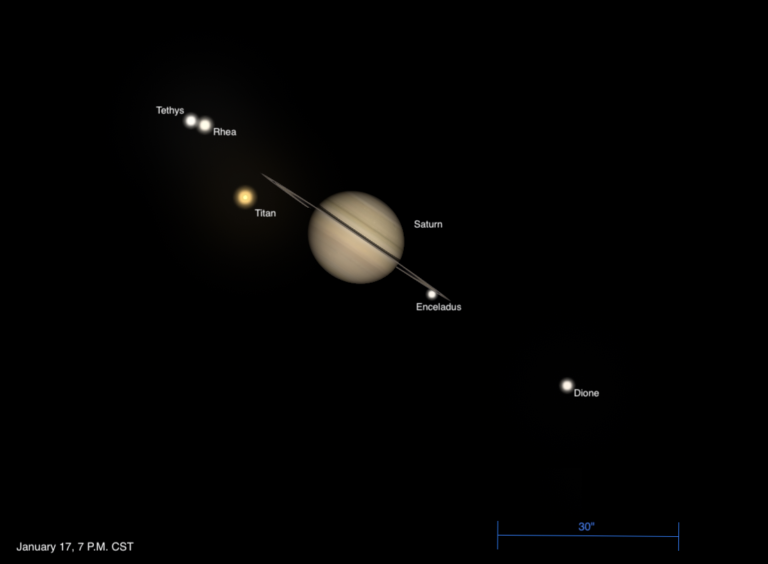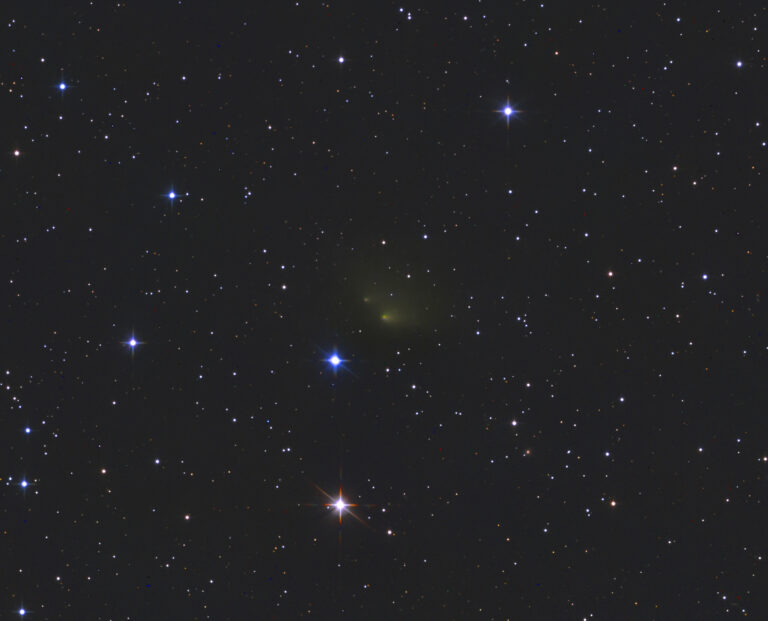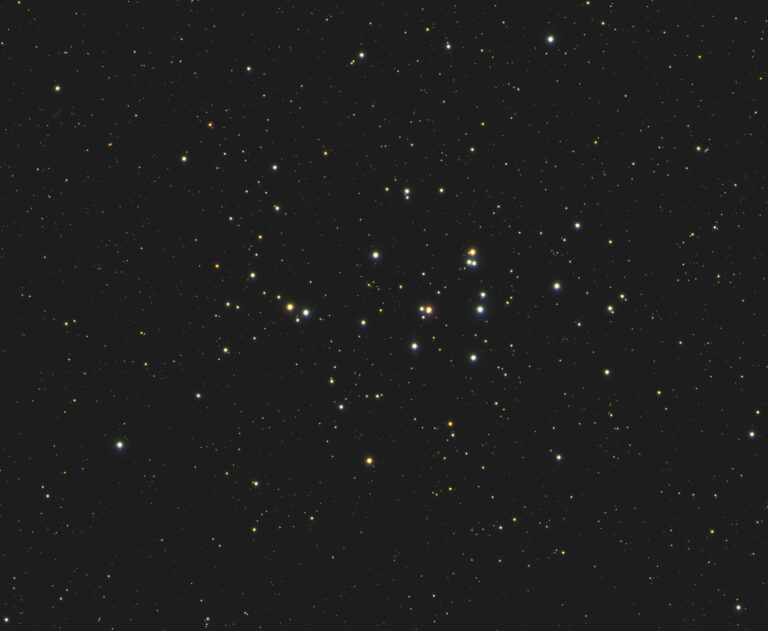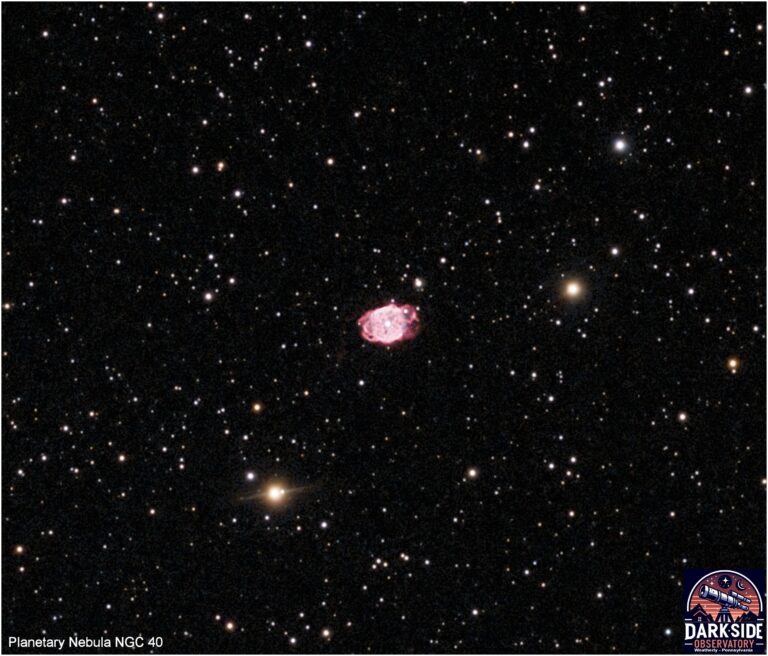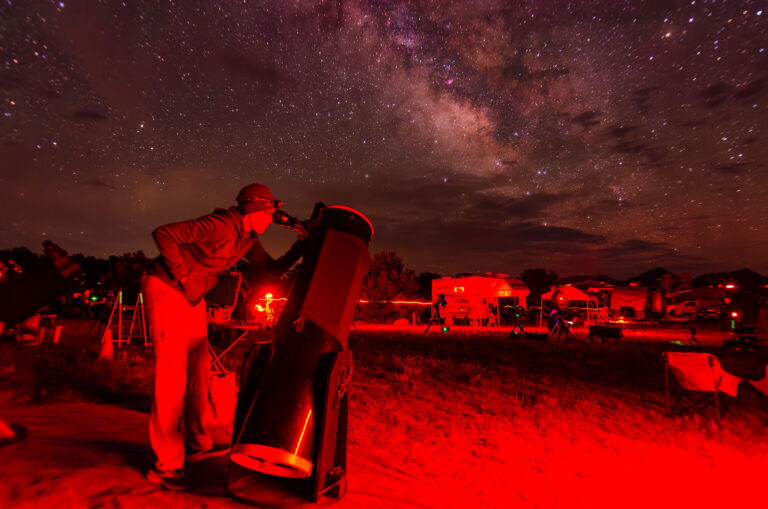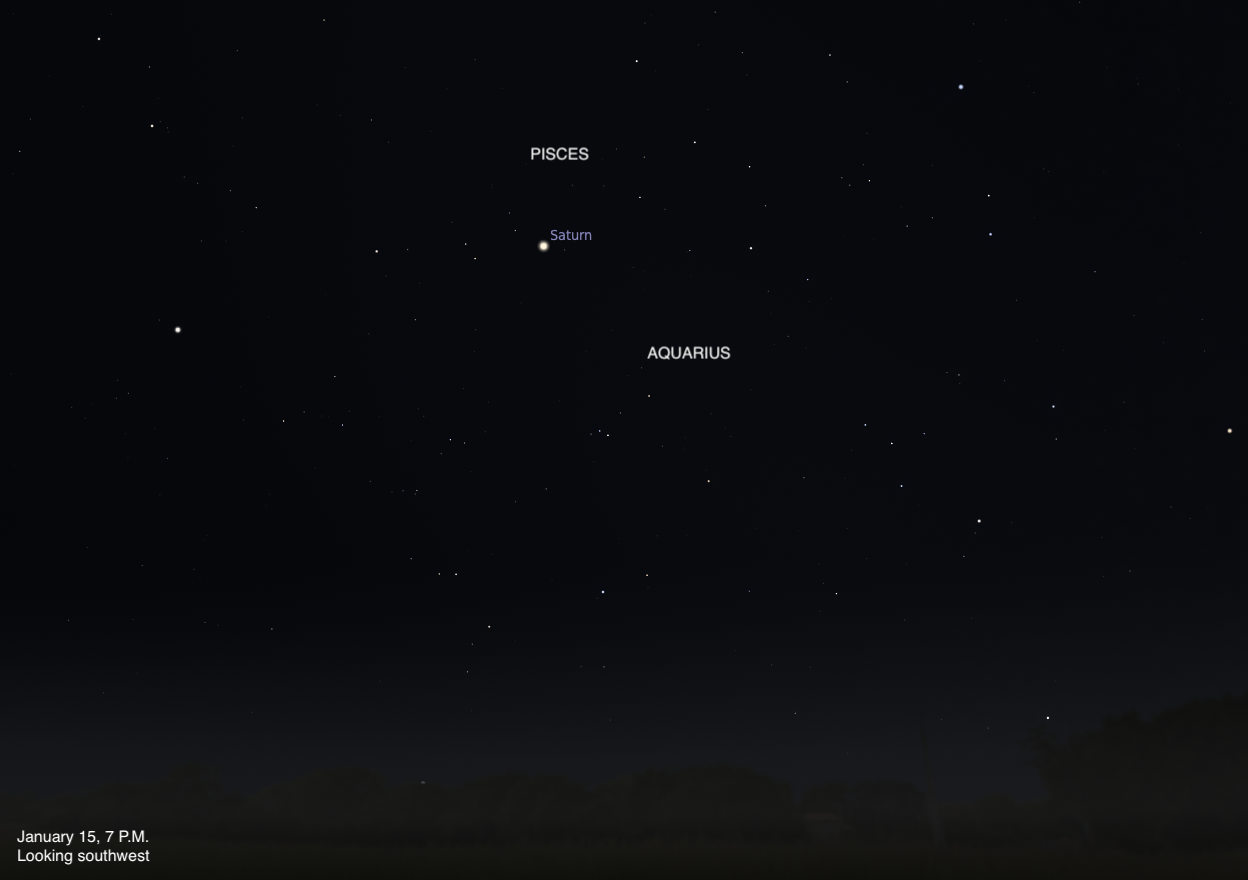The time between first and second contact, when totality begins, seems nearly eternal. Viewers anxiously paced the grounds, keeping a wary eye to the sky. Jay Anderson, our eclipse meteorologist, had pegged the conditions nearly perfectly. After sunrise, clouds started to build on the mountains surrounding the valley. But as the eclipse progressed and the Sun dwindled in the sky, the clouds began to dissipate. A few persisted, however, raising the blood pressure of more than a few people. A welcome diversion took place during the early partial phases, when the Vice President of Indonesia, Jusuf Kalla, arrived at our site. Kalla, who was born on Sulawesi, chose to view the eclipse with our group, organized by Astronomy magazine’s travel partner, TravelQuest.
After totality, local residents joined us on the field, where everyone snapped pictures of one another. Palu isn’t much of a tourist town (though it is trying to become one) and our large contingent of mostly North Americans and Europeans was clearly something they had rarely, if ever, seen. Each of the tour members must have posed for dozens of photos with the locals. It was a memorable experience and one that made this eclipse truly unforgettable.
The warm welcome continued throughout the day. In the afternoon, the local government closed the major bridge in town to take pictures of our group and then threw a parade in our honor. In the evening, the mayor of Palu joined us at our celebratory dinner, wrapping up an incredible day.
Tomorrow, we fly back to Bali and then we’ll head our separate ways. Some will travel on to different parts of Indonesia to experience other aspects of this diverse country. Others will board planes for home, thinking warm thoughts of Indonesia and the spectacular eclipse it hosted.


